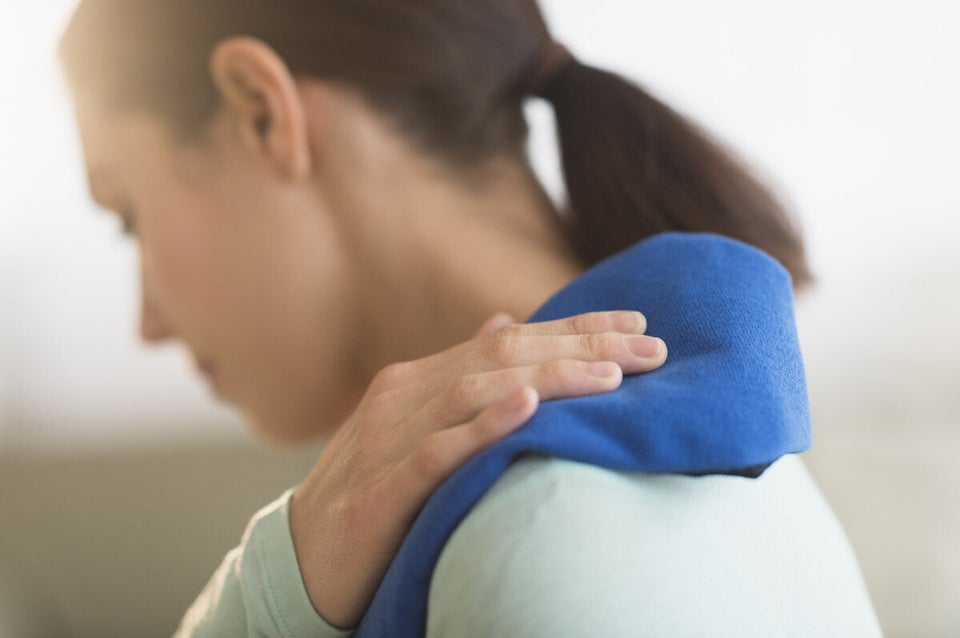
Throughout this beautiful summer, now nearing its end, we have heard a lot of warnings about the UV index, and have been told to stay out of the sun. So, am I confusing people by saying that avoiding sunshine could hurt you?
What we never seem to hear is the fact that a lot of research has shown that people who avoid sunshine are usually not as healthy as people who enjoy being out in the sun. Some of the most convincing research was published this spring, in the Journal of Internal Medicine. The work started out as a study into the risk of multiple melanoma, the worst kind of skin cancer, and connecting it to sunshine-related behavior of Swedish women.
Starting in 1990, nearly 30,000 Swedish women were asked about their sun-exposure habits, as well as smoking and their health in general. Twenty years later, their health records were accessed via the Swedish health computer system to see how they did. Considering that the research aimed to make a connection between sun exposure and multiple melanoma, the conclusion was surprising: "We found no differences in all cause or cutaneous malignant melanoma (MM) mortality between those who expose themselves to and those who avoid the sun."
Avoiding sun increased risk of dying by the same amount as smoking did.
The authors, Dr. Pelle Lindqvist and colleagues, did make it clear that risk of less severe forms of skin cancer did increase with sun exposure. But when they looked at life expectancy and causes of death, Lindqvist and colleagues found that the women with the most sun exposure were at a lower risk of death from heart and stroke diseases, and non-cancer/non heart disease death such as diabetes, multiple sclerosis and pulmonary disease. Basically, the women who said they avoided sunshine in 1990 had life expectancy that was shorter by 0.6 to 2.1 years.
Since they also knew about the women's smoking history in 1990, Lindqvist and colleagues were able to determine that non-smoking women who avoided sunshine ended up with a life expectancy equal to sun-seeking women who smoked. In other words, avoiding sun increased risk of dying by the same amount as smoking did.
The dermatology community has been remarkably silent about these findings. The problem is that this reality is far more difficult to tell people about than the dermatology community's adage that there is no such thing as a "safe" tan. The reality is that extremes of anything are not the answer. Too much sun is bad, and so is too little.
The important thing to stay conscious of is how much sun your skin can handle. If you are of European ancestry, then 10 to 20 minutes of sun exposure during mid-day summer sun is the limit. After that, skin will turn red, and we do not want to happen.
If you have very dark skin, then the timeframe to burn can be two hours, and you need a lot more sunshine. Also, the more skin you expose, the more vitamin D you make. Shorts and short-sleeved shirts are good. Perhaps put sunscreen only on the face, to prevent photo-aging effects of sunshine.
Safe exposure of skin to sunshine is our main source of vitamin D. Vitamin D is crucial for promoting bone and muscle health, in addition to lowering the risk of developing serious diseases such as cancer, heart disease, diabetes, multiple sclerosis and osteoporosis. There is even evidence that sunshine raises endorphin levels, the feel-good hormones.
Because of Canada's northern latitude, our sunshine is only able to produce vitamin D for about half the year. From November to May, many Canadians will not have the vitamin D they require for optimal health. In fact, 65 per cent of Canadians, two out of three, would be classified as vitamin D deficient or insufficient if tested by their personal doctors. This needs to change.
Canada needs better public education and public policy on the health risks and benefits of sun exposure. The current messaging doesn't tell the whole story. It does not address skin type or skin colour.
Humans are a tropical species. We have evolved and we are adapted for life in the sun. It's time we do a better job teaching Canadians that there are health risks in avoiding sunshine.
(Dr. Reinhold Vieth is a scientific advisor for the Vitamin D Society and a retired professor of Laboratory Medicine, and Nutritional Sciences at the University of Toronto.)
Follow HuffPost Canada Blogs on Facebook
Also on HuffPost:
